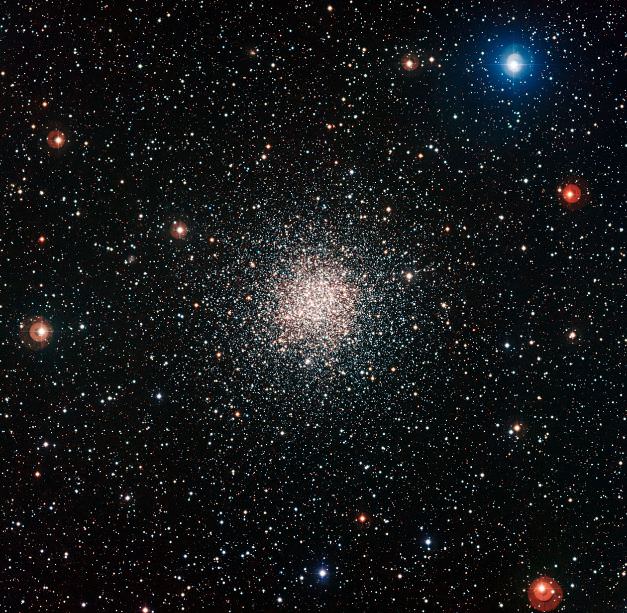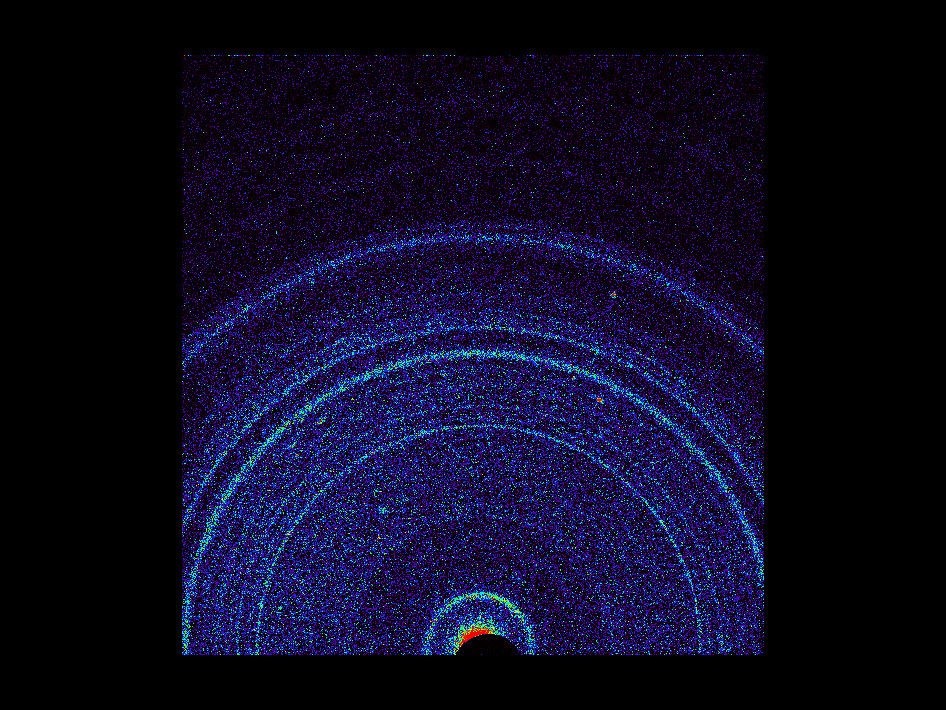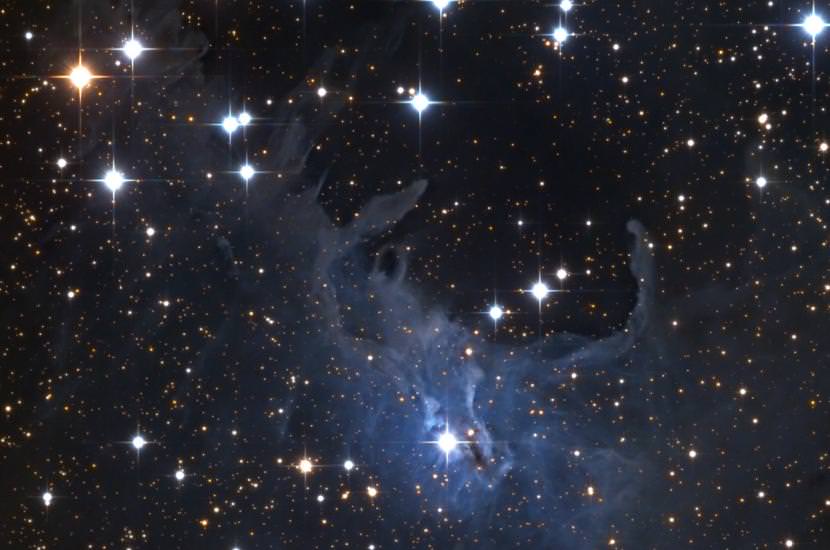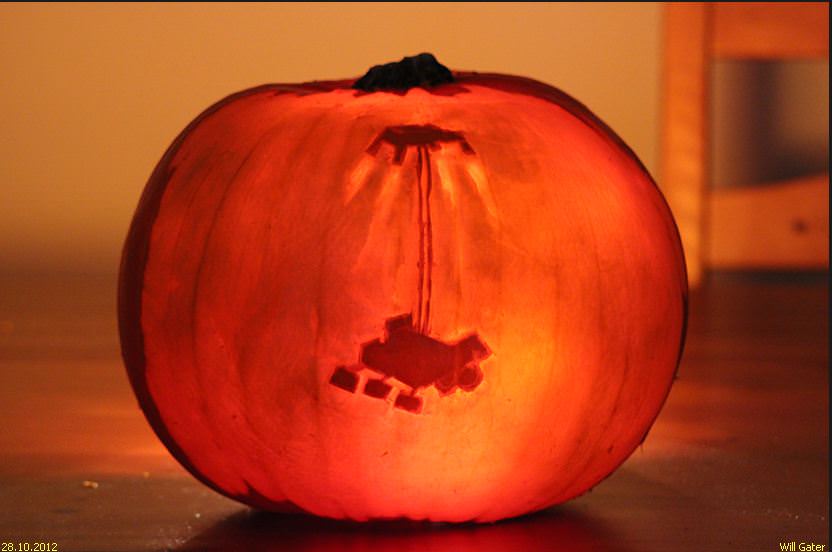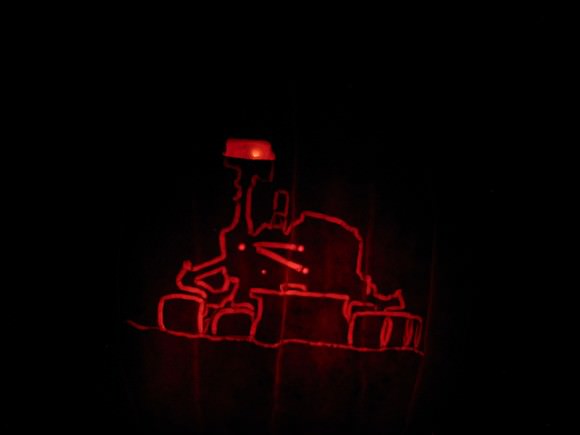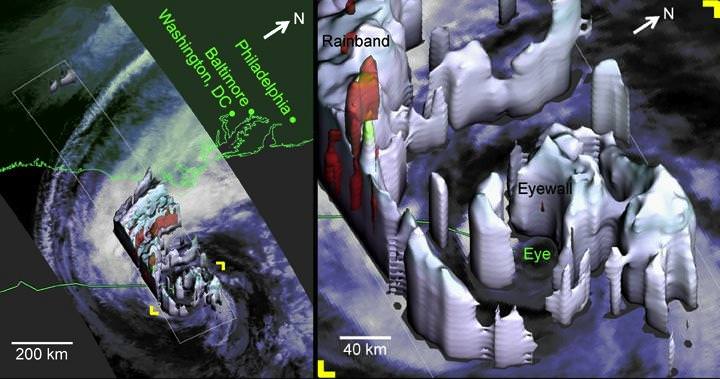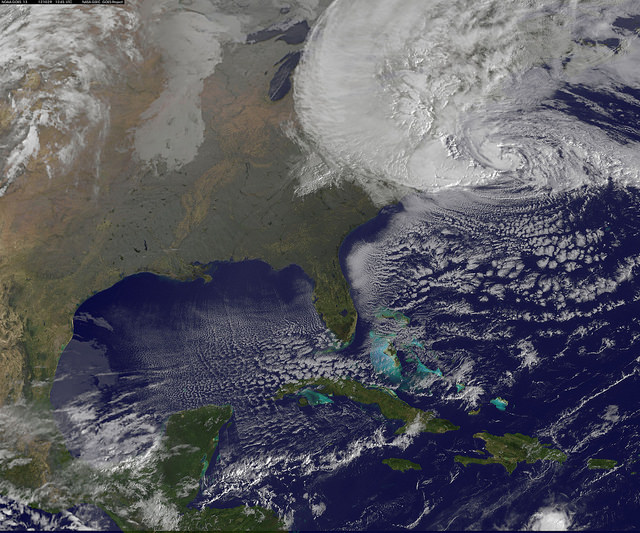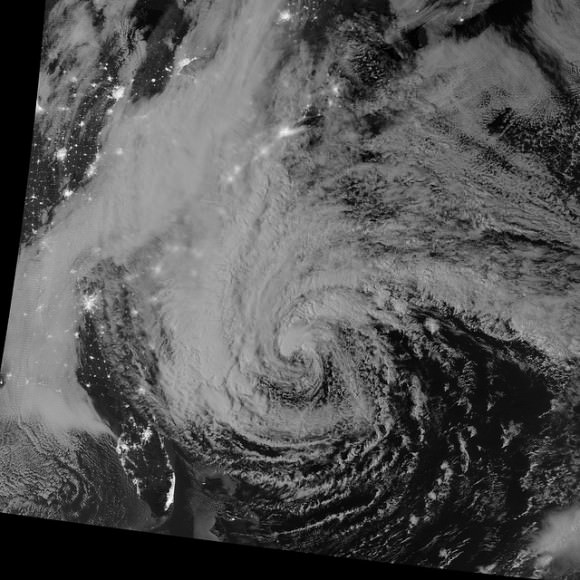The Progress 49 cargo craft ship went from zero to 28,000 km/h in about 8 minutes — as it usually does — but it then caught up and docked to the International Space Station in super-fast time, in less than six hours. This is the second Progress to take advantage of the abbreviated four-orbit rendezvous with the ISS which uses additional firings of the Progress engines early in its orbital flight to expedite the time required for a Russian vehicle to reach the station. Other flights take about 2 days to reach the ISS.
Launch of the Progress 49 cargo ship from Kazakhstan. Screenshot via NASA TV.
The launch took place at 7:41 UTC (3:41 a.m. EDT) from Kazakhstan and the docking occurred at 13:33 UTC (9:33 a.m. EDT) on Wednesday. The resupply ship is filled with 2,050 pounds of propellant, 62 pounds of oxygen, 42 pounds of air, 926 pounds of water and 2,738 pounds of spare parts, crew supplies and equipment. It will stay docked to the space station until April 2013.
Following the launch, ISS commander Suni Williams radioed to Mission Control, “Happy Halloween, and hopefully our little trick-or-treat vehicle is on its way. We just got to see it out the window and that’s pretty special.”
The space station crew is currently busy getting ready for a spacewalk on Thursday to try and determine the problem with a coolant leak in one of the solar arrays. (They may need to call in Georgi LaForge for reinforcements!)
Williams and Japanese astronaut Akihiko Hoshide will conduct the spacewalk and they hope to deploy a spare radiator and reconfigure coolant lines to close off a radiator that may have been hit by a meteoroid or piece of space debris. It is a very small leak, so it may take several weeks for flight controllers to find out if they have located the area of the leak. If this doesn’t solve the problem, the next plan of attack is to replace a pump.
The spacewalk is scheduled to begin around 12:15 UTC (8:15 a.m. EDT) on Thursday, November 1.
The fast-track flight to the ISS is being considered for the manned Soyuz vehicles in the future to improve crew comfort and extend the life of the Soyuz return vehicle. Russian cosmonaut Gennady Padalka has been quoted as saying it is every cosmonaut’s dream to only have a 6-hour flight in the cramped Soyuz!


